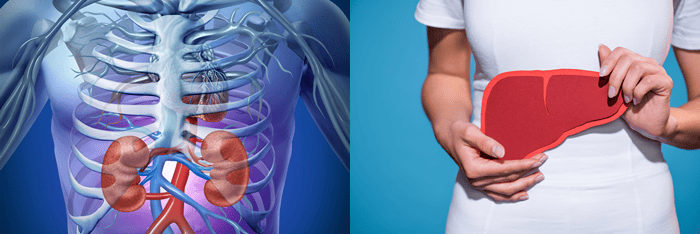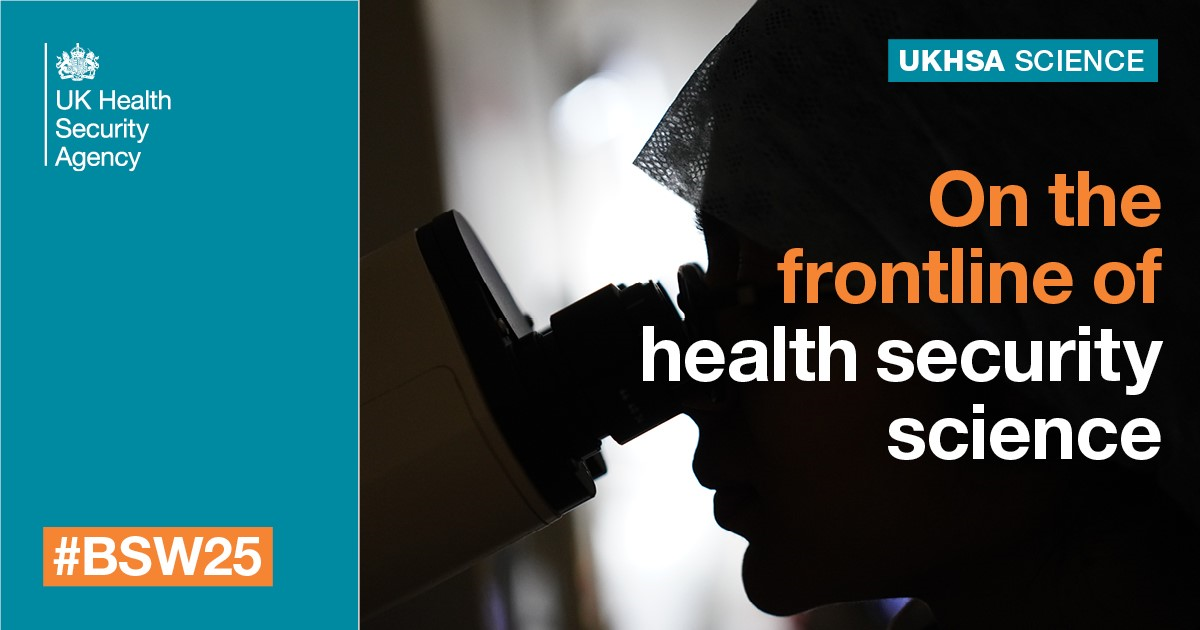Hives, also known as urticaria, are a skin reaction that can be caused by many different things, like certain foods and medications, insect bites and stings, and other triggers. For some people, hives may be mild and basically unnoticeable, but for others, they’re extremely uncomfortable and may interfere with daily life.
In this post, we’ll cover symptoms of hives and what they look like. We’ll also go over how long hives can last, if they’re contagious, possible causes, different types of hives, and treatment options if you have them.
If you’re experiencing hives accompanied by other symptoms such as difficulty breathing; swelling of the mouth, lips or throat; tightness in your chest; or vomiting, you may be experiencing anaphylaxis. Seek medical attention immediately by calling 911. Anaphylaxis is extremely rare but can be very dangerous if not treated immediately.
Hives are itchy patches of skin that turn into raised bumps (also called wheals) that look like mosquito bites. When they’re pressed down, the center of the bump turns white, which is called blanching.
They can appear anywhere on your body, and over time they can move to different areas of your body, change shape and disappear then reappear. You may experience swelling under your skin (also known as angioedema) – these bumps usually appear suddenly and go away quickly.
Possible causes of hives and how long they last
Hives can occur for a variety of reasons and can happen to anyone. Most people experience acute hives from a reaction to an allergen, medication or other factor. Acute hives don’t last long – most commonly 24 hours or less, though sometimes they can last for up to six weeks. Some people experience chronic hives, where hives symptoms last for up to a year or longer, but they aren’t usually permanently recurring.
Hives can be caused by an allergic reaction to certain foods and nutritional supplements
Hives occur when histamine, a chemical produced by your immune system, is released. Histamine plays an important role in your body: it can regulate your sleep-wake cycles and body temperature, help with digestion, and help lower blood pressure, among other functions. But it’s mainly known for its role in alerting and defending your body against specific things that may cause a reaction.
Though there isn’t a known cause for chronic hives, there are several known causes for acute hives.
- Artificial coloring and dyes
- Emulsifiers
- Flavor enhancers like MSG
- Preservatives
- Stabilizers and thickeners
- pH control agents
Nutritional supplements, like vitamin C and turmeric, can contain food additives, preservatives and dyes that may trigger hives.
Hives can be a reaction to certain medications
A drug allergy is different from a side effect to a medication, and the most common drug allergy is hives. Medications that are commonly linked to hives include antibiotics, chemotherapy drugs, medicines for autoimmune diseases (such as lupus or celiac disease) and pain relievers like aspirin or ibuprofen.
Some drugs – including aspirin, local anesthetic, opiates for pain treatment and dyes used in imaging tests – can cause symptoms that are the same as a drug allergy, but this type of reaction isn’t triggered by your immune system and is called a nonallergic reaction.
Airborne allergens and environmental triggers can cause hives
While airborne allergens usually cause respiratory symptoms, they can also cause your immune system to release histamine. Allergens like mold, pet dander and pollen can all trigger hives.
Stress on your skin can also trigger a histamine release. Exercise, exposure to latex, hot showers or baths, insect bites, sunlight and tight clothing could also be a cause.
Stress and hives
Stress isn’t good for you. It can lead to a number of health issues, like high blood pressure, sleep problems and even hives. If you experience hives and you’re able to rule out other factors that may be causing them, it’s possible that stress may be the source. This is because when you experience stress, your histamine levels increase. Stress hives are most common among women in their 30s, 40s and 50s, and if you’ve had allergic hives before, you’re more likely to experience stress hives.
Can hives be contagious?
No, but what’s causing your hives may be. Hives can be caused by bacterial infections like strep throat and viral infections like the common cold, both of which are contagious infections that can be spread to other people.
How doctors diagnose the causes of hives
For a hives diagnosis, your doctor or clinician will likely look at your skin to examine your welts and any areas of swelling. They may order a blood test to check for antibodies in your blood. Your body creates antibodies to fight off allergens, but if your body makes too many, it can trigger hives. Your doctor may also order a skin prick test, where they test different allergens on your skin to see if you have a reaction like redness or swelling, which may indicate an allergy to a specific allergen.
Home remedies to help with hives symptoms
Most of the time, hives go away on their own and don’t require medical treatment. When they’re really uncomfortable, you can usually get some relief through at-home treatments and over-the-counter medicines or creams, such as:
- Allergy medication containing antihistamines
- Topical hydrocortisone or antihistamine cream
- A cold compress where the hives appear
If your hives don’t respond to over-the-counter and at-home treatments, speak to your doctor. They may suggest:
- Anti-inflammatory drugs like prednisone
- Monthly allergy shots for people with more severe allergies
- Daily allergy medication
- Prescription anti-itch drugs
- Drugs that suppress an overactive immune system
How to protect yourself from hives
It’s not always possible to know what causes your hives or to prevent them, but you can take steps to avoid them.
Identify the triggers that can cause hives
Think about what you were doing when the hives flared up. Maybe you were eating a certain food or taking a certain medication, or maybe you were in extreme heat or cold. Identifying triggers may involve:
- Retracing your steps to figure out what you were doing or what you came in contact with. This can help you identify and avoid triggers that set off your hives in the future.
- Cutting out certain foods, medications and supplements, or finding alternative options. This can prevent hives before they start (but speak to your doctor first).
- Reading food labels to avoid preservatives and additives that can cause hives.
Reduce your exposure to common allergens
Mold, dust, pet dander and pollen are all common indoor and outdoor allergens that can cause an allergic reaction that may include hives. To avoid allergens indoors, try:
- Washing your bedding at least once a week
- Sweeping hard floors and washing area rugs regularly, and if you have carpet, vacuuming it regularly to avoid dust
- Keeping blinds and curtains clean and free of dust as much as possible
- Keeping your windows and doors shut, especially during pollen season, and using air conditioning (if you have it) to reduce your exposure to airborne allergens
- Avoiding upholstered furniture and using furniture that’s made of wood, leather, plastic or metal
- Avoiding clutter and items that collect dust
- Using an air filter and dehumidifier, and changing or cleaning them as needed
- Washing any soft surfaces your pet may come in contact with, and having a professional groom them
- Keeping your home as free from dander and saliva as possible, and speaking to a doctor to find out if your pet is a cause of your hives
- Scrubbing sinks, tubs, toilets and refrigerators regularly to keep them free from mold
- Emptying trash cans and cleaning up food crumbs, as they can attract mice or other rodents
- Keeping your home completely free of smoke
Try to keep your body as free of allergens as possible
Besides allergen-proofing your home, there are things you can do to keep your body from coming into contact with irritants that may cause hives. This can include:
- Wearing loose-fitting clothes that are made of cotton, linen or silk
- Avoiding extreme heat and extreme cold as much as you can, and protecting your skin from the sun
- Washing new clothes and bedding with detergent and skin care products that are free of dyes and scents
- Avoiding stressful situations whenever possible and taking a break if you’re feeling stressed
When you should see a doctor for hives
Hives usually go away on their own within 24 hours and don’t require a visit to the doctor. If you’re experiencing mild hives, Virtuwell – our online clinic – can likely help. You’ll be asked a few questions, and a certified nurse practitioner will follow up with a personalized treatment plan.
But if your hives are more moderate, haven’t gone away after a few days or they’re not responding to at-home or over-the-counter treatments, make an appointment to see your doctor. They can help you figure out what’s causing the hives and provide you with a treatment plan.
If your hives are accompanied by trouble breathing, swelling of your throat and tongue, nausea, lightheadedness, tightness in your chest and wheezing, you may be experiencing anaphylaxis and should call 911. While anaphylaxis is a very rare reaction to an allergen, it can be dangerous and even life-threatening if not treated immediately.



















 English (US) ·
English (US) ·